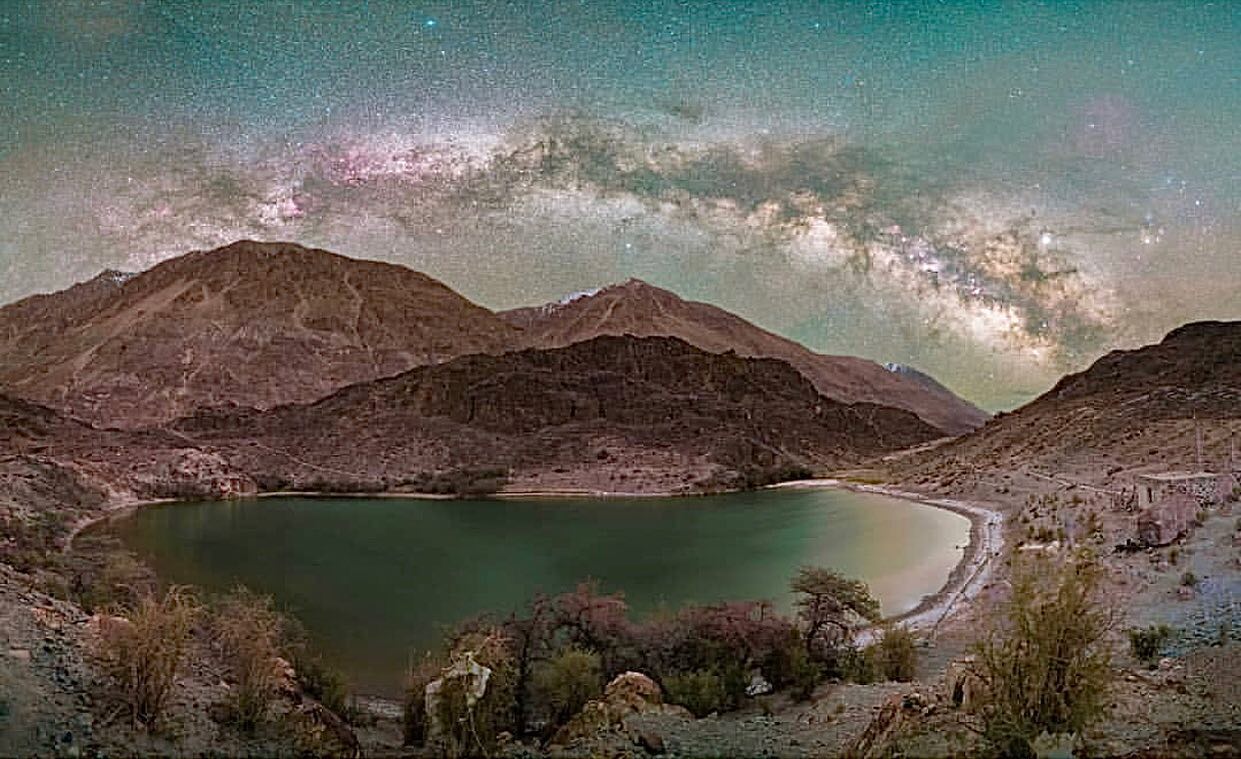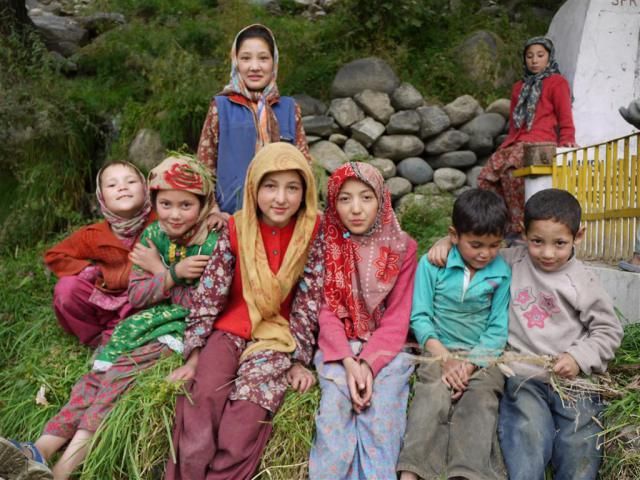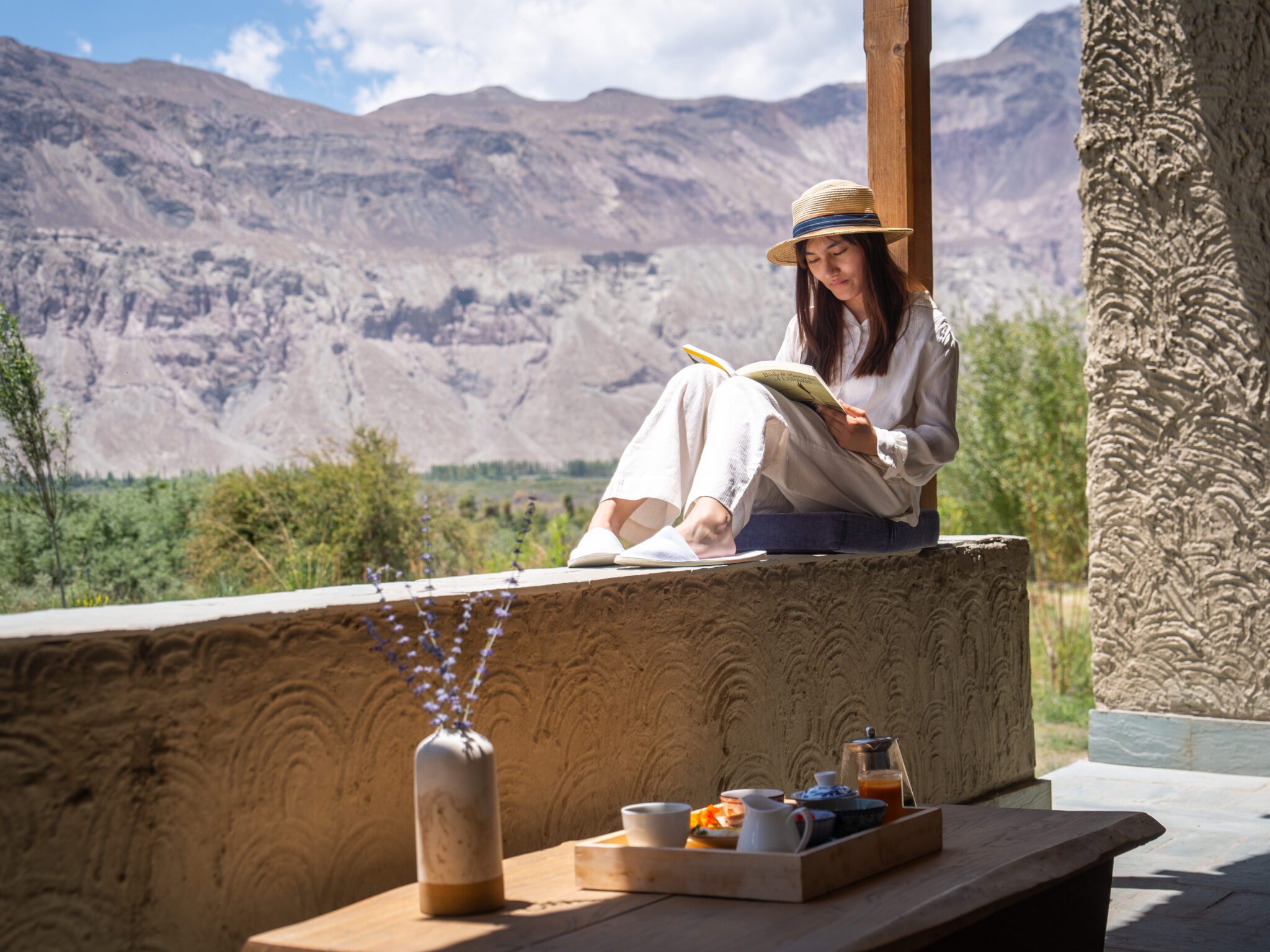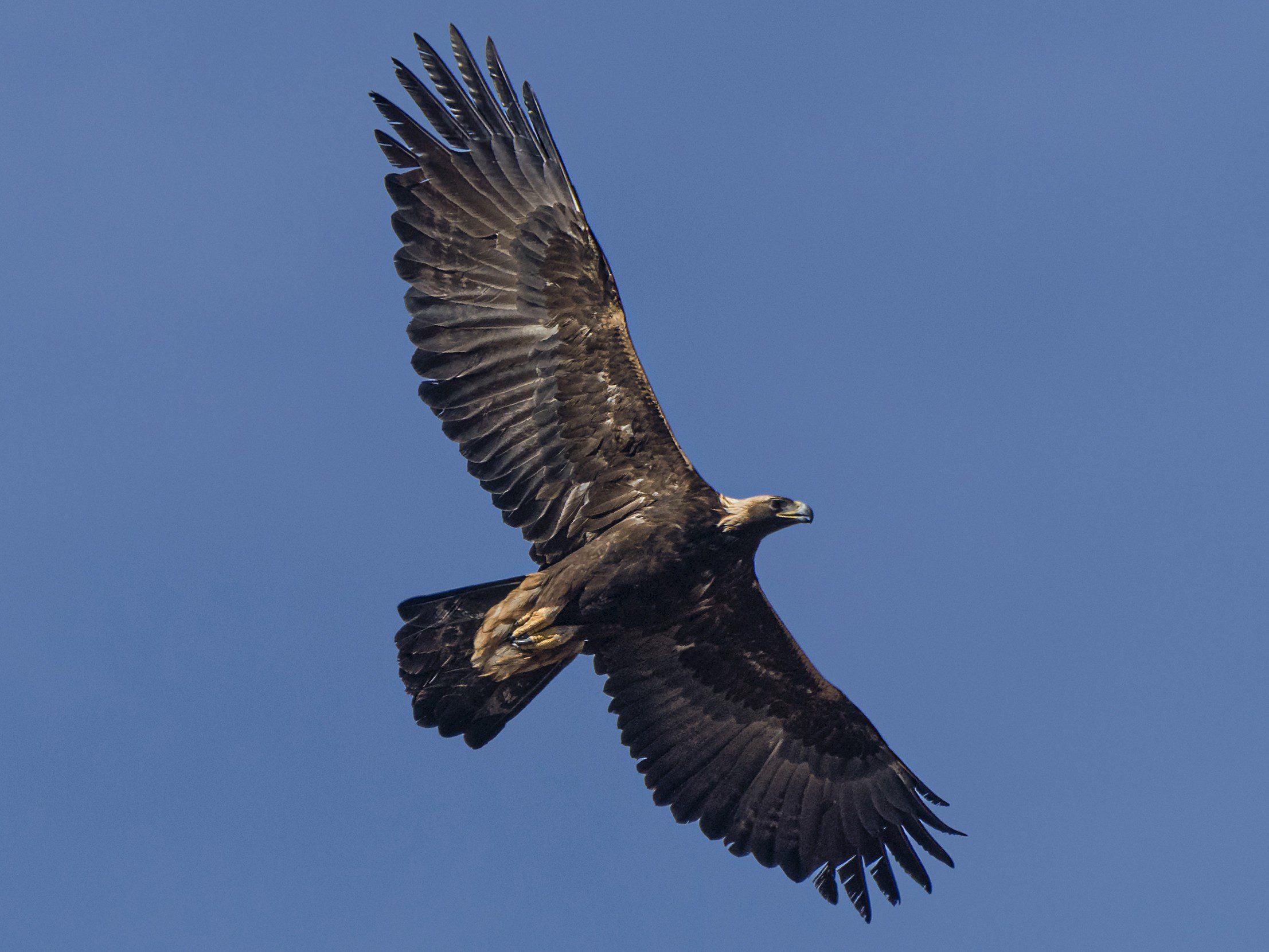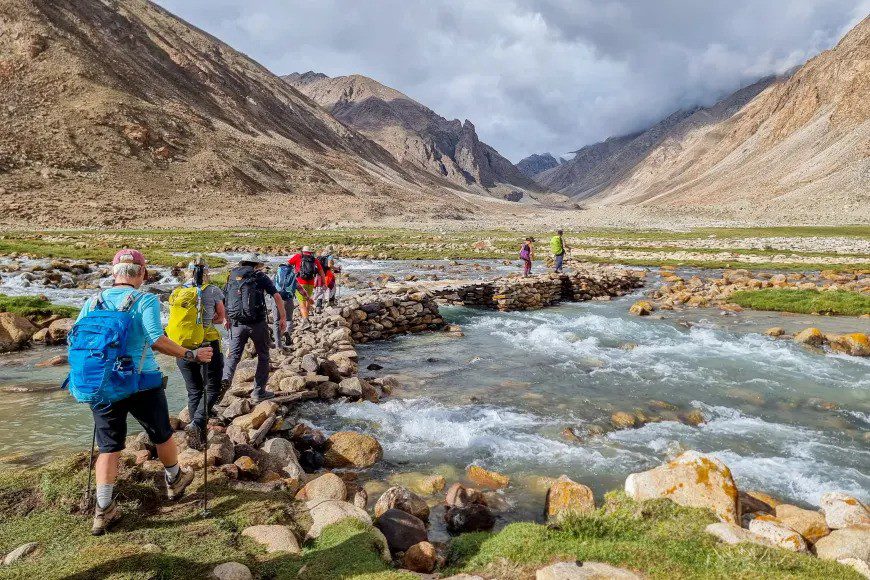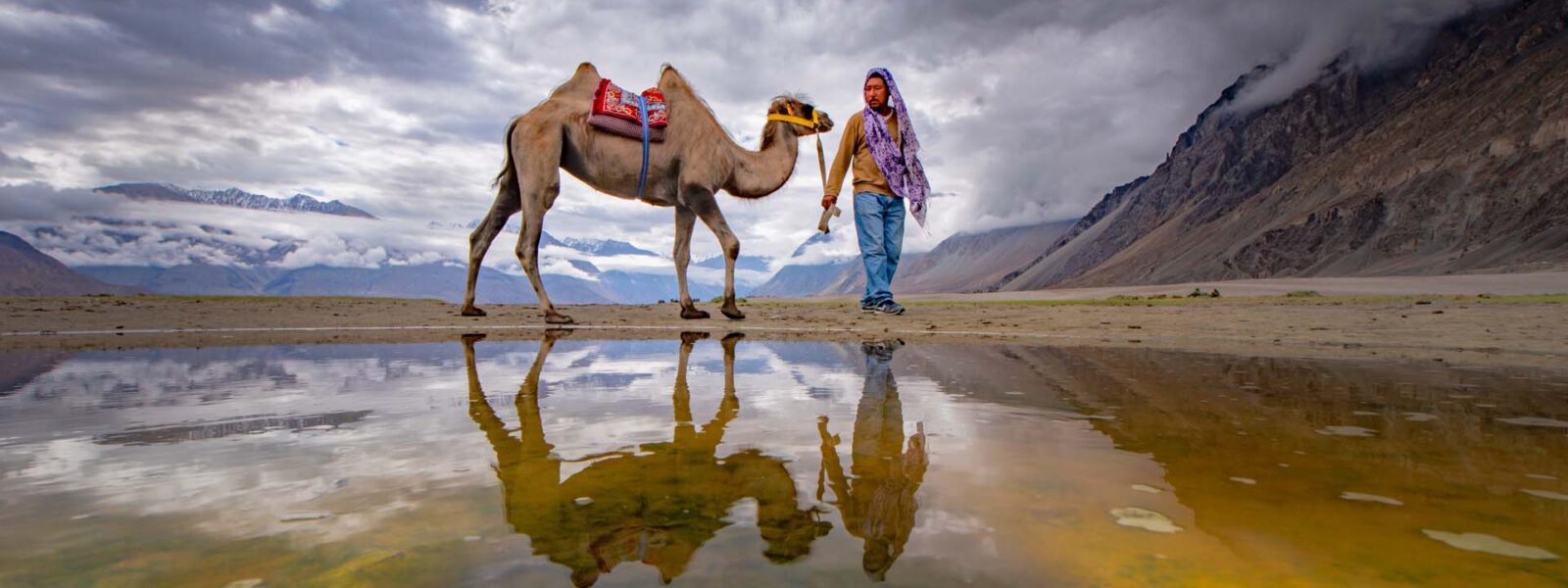Nestled in the mystical Ladakh region of India, Nubra Valley is a traveler’s paradise filled with cold deserts, sacred lakes, hidden villages, and therapeutic hot springs. Known for its stunning landscapes and rich cultural heritage, this high-altitude valley is a must-visit destination for nature lovers, adventure seekers, and those looking to experience the unique spirituality of Ladakh.
In this comprehensive guide, we’ll uncover everything you need to know about exploring Nubra Valley, from top attractions like Hunder Sand Dunes and Diskit Monastery to the tranquil and eco-friendly Kyagar Nubra Resort—an ideal place to stay if you’re aiming for sustainable travel.
Introduction to Nubra Valley: A Hidden Gem in Ladakh
Located in the northernmost part of India, Nubra Valley lies at an altitude of over 10,000 feet, making it one of the most captivating and challenging regions to explore. The valley is uniquely defined by the cold desert landscapes, sand dunes, and the scenic confluence of the Nubra and Shyok rivers. The blend of Himalayan landscapes with the desert’s charm makes it a destination like no other in Ladakh.
“Nubra Valley is unlike anything I’ve ever seen. The combination of cold deserts, sacred sites, and vibrant culture blew me away!” – Emma Rogers, Architect, United Kingdom
Geography and Climate of Nubra Valley
Weather Patterns and the Best Time to Visit
Nubra Valley experiences an extreme climate, with chilly winters and mild summers. The best time to visit is between May and September, when temperatures are more comfortable and roads are accessible. During these months, the valley is alive with blooming wildflowers and lush greenery, contrasting beautifully with its arid landscapes.

| Season |
Average Temperature |
Highlights |
| Spring (March – April) |
5°C – 15°C |
Desert blooms and mild weather |
| Summer (May – September) |
15°C – 25°C |
Ideal for sightseeing, camel safaris |
| Autumn (October) |
5°C – 20°C |
Vibrant autumn colors |
| Winter (November – February) |
-5°C – 5°C |
Snow-covered landscapes; fewer tourists |
How to Get to Nubra Valley from Leh
Reaching Nubra Valley requires passing through one of the highest motorable roads in the world—Khardung La Pass, which sits at an altitude of over 17,000 feet. From Leh, travelers can take a scenic drive to Nubra Valley, but make sure to obtain an Inner Line Permit.
Leh to Nubra Valley Travel Tips
- Acclimatize in Leh: Spend at least two days in Leh to acclimatize to the altitude.
- Pack Wisely: Include essentials for both cold nights and warm days.
- Stay Hydrated: At high altitudes, hydration helps with acclimatization.
- Check Permit Requirements: Permits can be arranged online or through local agencies in Leh.
Must-Visit Places in Nubra Valley
Hunder Sand Dunes and Bactrian Camel Safari
The Hunder Sand Dunes offer a surreal experience with rolling white sands set against rugged mountains. Famous for its Bactrian camels, Hunder is one of the few places in the world where these double-humped camels, once used on the Silk Road, can be seen.
“Riding a Bactrian camel across the Hunder Sand Dunes was like stepping back in time. The landscape is surreal!” – Liam Stewart, Photographer, Australia
Diskit Monastery and the Maitreya Buddha Statue
Diskit Monastery, the oldest monastery in Nubra Valley, is known for its 32-meter-high Maitreya Buddha statue, which overlooks the valley. Built in the 14th century, this monastery serves as a spiritual center and provides panoramic views of the Nubra Valley.

Panamik Hot Springs
Located near the village of Panamik, these hot springs are rich in sulfur and known for their therapeutic properties. A soak here is perfect for relaxing after a day of sightseeing, as the mineral-rich waters are believed to relieve joint pain and other ailments.

Yarab Tso Lake – The Sacred Hidden Lake
Hidden in the hills near Sumur Village, Yarab Tso Lake is one of the most sacred lakes in the region. Accessible only by a short hike, this peaceful lake is revered by locals and visitors alike for its serene beauty and spiritual atmosphere.

Exploring Hidden Villages in Nubra Valley
Turtuk Village – A Culturally Rich Destination
Turtuk Village, one of the last villages before the India-Pakistan border, is a vibrant Balti village with a unique history. Known for its apricot orchards, Turtuk offers travelers a chance to experience traditional Balti culture and hospitality.

“Turtuk’s warm, welcoming people and rich culture made it my favorite part of Nubra Valley.” – Sara Ahmed, Teacher, United Arab Emirates
Sumur Village and Samstanling Monastery
Sumur Village, near the Samstanling Monastery, is a peaceful destination with traditional Ladakhi homes and serene landscapes. The monastery is a popular spiritual stop, offering visitors a chance to experience the tranquility of Buddhist practices.

Unique Experiences at The Kyagar Nubra Eco-Resort
Located in the heart of Nubra Valley, The Kyagar Nubra eco-resort provides a sustainable and immersive way to experience Nubra. Known for its commitment to eco-friendly tourism, the resort is designed to blend into the natural landscape while offering modern comforts.

| Feature |
Details |
| Eco-Friendly Design |
Built using local materials to reduce impact |
| Immersive Cultural Activities |
Offers experiences with local artisans |
| Organic Farm-to-Table Dining |
Serves fresh, local ingredients |
| Renewable Energy Sources |
Powered by solar and wind energy |
“Staying at The Kyagar Nubra was a highlight. The staff is knowledgeable about eco-tourism, and the views are spectacular!” – Lucas Reinhardt, Travel Blogger, Germany
Adventure Activities in Nubra Valley
Trekking Routes and Scenic Trails
Nubra Valley offers excellent trekking opportunities, such as the trails from Hunder to Diskit. The routes vary in difficulty and provide scenic views of the valley, with lush green patches, mountain vistas, and opportunities to spot unique wildlife.
River Rafting on the Shyok and Nubra Rivers
For those seeking an adrenaline rush, river rafting on the Shyok and Nubra Rivers provides an exciting way to explore Nubra Valley’s stunning landscapes. These rivers flow through rugged mountains, offering dramatic views and challenging rapids.
Wildlife and Nature in Nubra Valley
Unique Flora and Fauna of the Cold Desert
Nubra Valley is home to unique species adapted to its high-altitude, cold desert ecosystem. Wildlife enthusiasts may spot Himalayan marmots, golden eagles, and even the elusive snow leopard. The valley’s diverse flora includes rare medicinal plants and wildflowers that bloom in summer.

Birdwatching in Nubra Valley
For birdwatchers, Nubra Valley is a hidden gem. Species such as Himalayan vultures, bar-headed geese, and black-necked cranes are commonly seen in the valley, especially around the riverbanks.
Local Culture and Traditions of Nubra Valley
Traditional Ladakhi Villages and Homestays
Experience Ladakhi culture firsthand by staying in local homestays, where you can enjoy traditional Ladakhi cuisine and learn about the valley’s customs and way of life. The locals are known for their hospitality, making it a memorable cultural exchange.
Festivals and Celebrations in Nubra Valley
The valley comes alive during local festivals such as Dosmoche, which features elaborate mask dances and Buddhist rituals. These festivals are an excellent way to experience the region’s spiritual traditions and vibrant culture.
Practical Travel Tips for Visiting Nubra Valley
Packing Essentials for High-Altitude Desert Travel
- Clothing: Layered clothing for fluctuating temperatures, a warm jacket for nights, and sturdy walking shoes.
- Health Essentials: Bring altitude sickness medication, sunscreen, and plenty of water.
- Personal Items: A camera to capture Nubra’s stunning landscapes and reusable water bottles for sustainable travel.
Health and Safety Tips
- Acclimatization: Give your body time to adjust to the altitude.
- Stay Hydrated: Dehydration can worsen altitude sickness.
- Road Safety: Drive cautiously on mountainous roads.
Conclusion: Embrace the Unique Spirit of Nubra Valley
Nubra Valley is a place of incredible beauty and cultural significance, offering experiences unlike any other in Ladakh. From the tranquil Yarab Tso Lake to the bustling Hunder Sand Dunes, every corner of Nubra is a story waiting to be uncovered. Whether you’re trekking across sand dunes, soaking in hot springs, or relaxing at The Kyagar Nubra eco-resort, Nubra Valley offers a journey into the heart of Ladakhi culture and natural wonders.

“Every moment in Nubra Valley was magical. I will carry memories of its landscapes and kind people with me forever.” – Anna Johansson, Environmental Scientist, Sweden
Frequently Asked Questions about Nubra Valley
What is the best time to visit Nubra Valley?
The best time to visit Nubra Valley is from May to September when the weather is warmer, and the roads are accessible.
How do I obtain the required permits for Nubra Valley?
Travelers can obtain Inner Line Permits in Leh or online to access Nubra Valley.
What are the accommodation options in Nubra Valley?
Accommodation ranges from homestays to eco-resorts like The Kyagar Nubra, known for its sustainable practices.
Is Nubra Valley safe for solo travelers?
Yes, Nubra Valley is generally safe, and locals are welcoming. However, solo travelers should take standard precautions, especially when exploring remote areas.
Nubra Valley guide
Nubra Valley guide | The journey through Ladakh mirrors the very essence of unraveling unknown horizons, as its dramatic landscapes and unique cultural identity awaken the deepest sense of wonder and exploration. Nubra Valley guide delves into this realm where inner peace intertwines with the wild, untouched beauty of Ladakh. From the snow-capped peaks to the serene monasteries, every step in Ladakh is a step toward self-discovery. The mountains, ancient paths, and unspoken mysteries stretch before travelers, offering a meditative experience where each encounter feels both effortless and transformative. Whether it’s trekking across remote valleys or sitting quietly beside a sacred lake, Ladakh invites those who seek a deeper connection to the natural and spiritual world.

Nubra Valley guide
The monasteries of Ladakh stand as living monuments to the region’s profound spiritual heritage. With origins dating back over a thousand years, these ancient structures are both places of worship and repositories of art, culture, and wisdom. Hemis Monastery, one of the largest in Ladakh, is renowned for its annual festival, featuring colorful mask dances performed by monks. The history of these monasteries reflects Ladakh’s role as a crossroads between India, Tibet, and Central Asia, where religious and cultural influences have intertwined over the centuries.
The Tibetan Buddhist influence is especially evident in the architecture and daily life of the monks. Prayer wheels, intricate murals, and the soft hum of chants fill the air as visitors explore the monastery grounds. Each monastery, from the remote Lamayuru to the awe-inspiring Thiksey, offers a window into the spiritual heart of Ladakh. These centers of meditation, learning, and community life continue to thrive, preserving traditions that have shaped Ladakh for generations.
Why Visit Ladakh for Nubra Valley guide?
Ladakh is a destination that transcends mere travel. It offers a journey that touches both the outer and inner landscapes, making it a perfect setting for those who seek to unravel their own unknown horizons. The region’s breathtaking scenery—from towering mountain ranges to hidden valleys—provides not just an escape but a space for contemplation and growth. Ladakh’s culture, deeply rooted in Buddhist practices, invites visitors to reflect on their own lives and the world around them.
Ladakh’s people, known for their warmth and hospitality, add to the richness of the experience. Villages like Sumda Chun and the legendary Nubra Valley introduce travelers to a way of life that is intricately connected to nature and spirituality. Staying in local homestays allows for immersive experiences where one can learn about traditional Ladakhi customs, share meals made from local produce, and participate in community rituals.

Beyond its natural beauty, Ladakh offers a unique opportunity to explore oneself. The vastness of the region’s plateaus and the clarity of its skies seem to mirror the vastness of the human spirit. Whether it’s standing atop a mountain pass at 18,000 feet or meditating in a centuries-old monastery, Ladakh helps unravel the unknown horizons within each traveler.
Finding the Best Nubra Valley guide in Ladakh
Finding the best places in Ladakh to experience “Nubra Valley guide” involves venturing off the beaten path. Ladakh’s lesser-known treks, such as those leading to secluded monasteries or high-altitude lakes, offer unparalleled opportunities for solitude and reflection. The Markha Valley trek, for instance, takes travelers through verdant valleys, ancient villages, and high-altitude passes, allowing for both physical and spiritual exploration.
Ladakh’s iconic lakes, including Pangong Tso and Tso Moriri, are ideal spots for quiet contemplation. Their still waters reflect the sky, creating a mesmerizing landscape that feels timeless and infinite. Sitting beside these lakes, especially at dawn or dusk, brings an overwhelming sense of peace and connection with nature.

For those interested in Ladakh’s spiritual heritage, exploring monasteries such as Alchi, Phyang, or Diskit can be a transformative experience. These sites are not just places of worship but also centers of art, philosophy, and wisdom. Visiting these monasteries, with their ancient murals and intricate statues, offers insight into Ladakh’s rich cultural tapestry.
Ladakh’s Atmosphere and Nubra Valley guide
Ladakh’s atmosphere is unlike any other place on Earth. The stark contrasts between the rugged mountains and the serene, tranquil monasteries create an environment that feels both raw and sacred. The traditional decor in Ladakhi homes and religious sites reflects this balance, with mud-brick houses adorned with prayer flags and colorful thangkas (Buddhist paintings) that add warmth and spiritual meaning to the space.

The interiors of Ladakhi homes, often simple and functional, are filled with symbols of devotion. Small shrines dedicated to Buddhist deities are common, and the air is often fragrant with incense. The use of earthy materials, like stone and wood, along with brightly colored textiles, creates an inviting and peaceful space, perfect for relaxation and reflection.
Traditional Ladakhi Cuisine
Traditional Ladakhi cuisine is an integral part of the region’s identity, offering a unique blend of flavors that reflect its harsh climate and remote location. Hearty, warming dishes such as thukpa (noodle soup) and momos (dumplings) provide the sustenance needed to endure Ladakh’s cold temperatures. Skyu, a thick stew made with root vegetables and barley, is another staple of the Ladakhi diet, designed to nourish both body and spirit.

Drinks like butter tea, made with yak butter and salt, are a must-try for anyone visiting Ladakh. This rich, savory drink is not only warming but also hydrating, making it essential for those venturing into the high-altitude regions of Ladakh. Chang, a local barley beer, is often enjoyed during festivals and community gatherings, adding a sense of joy and camaraderie to any occasion.
Live Cultural Nubra Valley guide in Ladakh
Ladakh is home to a vibrant cultural scene, with festivals and live performances held throughout the year. The Hemis Festival, which celebrates the birth of Guru Padmasambhava, is one of the largest and most famous events in the region. Monks dressed in elaborate costumes perform cham dances, which depict the triumph of good over evil. The energy of the festival, with its bright colors, rhythmic music, and elaborate rituals, draws visitors from around the world.
Other local festivals, such as the Losar (New Year) and Ladakh Festival, provide visitors with the chance to witness traditional dance, music, and crafts that have been passed down through generations. These events are more than just entertainment; they are a celebration of Ladakh’s rich cultural heritage and its deep connection to the spiritual world.
Trekking and Outdoor Activities Nubra Valley guide
Ladakh is a trekker’s paradise, offering some of the most stunning and challenging routes in the world. From the famous Nubra Valley guide, which follows the frozen Zanskar River, to lesser-known routes like the Sham Valley or Nubra Valley treks, Ladakh’s landscape offers endless possibilities for adventure and discovery. The high-altitude passes, such as Khardung La and Chang La, offer breathtaking views of snow-capped peaks and sprawling valleys.

Wildlife enthusiasts will also find Nubra Valley guide to be a haven for rare species such as the snow leopard, Himalayan blue sheep, and the Tibetan wild ass. Winter expeditions to spot the elusive snow leopard in the Hemis National Park are gaining popularity among wildlife photographers and conservationists alike.
The Importance of Preserving Ladakh’s Nubra Valley guide
Ladakh’s rich cultural and environmental Nubra Valley guide is under increasing threat from climate change and mass tourism. Preserving this unique region requires careful attention to sustainable tourism practices. Choosing eco-friendly accommodations, supporting local businesses, and participating in community-led conservation efforts are just a few ways that visitors can contribute to the preservation of Ladakh’s natural and cultural heritage.
Ladakh’s people have a long history of living in harmony with their environment, practicing sustainable agriculture, and maintaining a deep spiritual connection to the land. Visitors are encouraged to follow the same principles, leaving no trace and respecting the fragile ecosystems that make Ladakh so special.
Etiquette and Tips for Visiting Nubra Valley guide
Before visiting Ladakh, it’s essential to understand and respect the region’s customs and traditions. As a deeply spiritual place, Ladakh requires visitors to dress modestly, especially when visiting monasteries or attending religious ceremonies. Always ask for permission before taking photographs inside monasteries or of local people.
Medical Nubra Valley guide
Spa trail Nubra Valley guide
Nubra Valley guide

When Nubra Valley guide, remember to stay on designated paths to avoid damaging fragile ecosystems. Tipping is appreciated but not expected in most settings, and it’s important to carry cash, as many remote areas do not accept credit cards. Lastly, be mindful of altitude sickness and take the necessary precautions when traveling to higher elevations.
Conclusion: Enjoying Nubra Valley guide in Ladakh
Ladakh is a place where the physical and spiritual worlds converge, offering travelers a journey unlike any other. Whether you’re trekking across high-altitude deserts, exploring ancient monasteries, or simply sitting in quiet reflection by a mountain lake, Ladakh invites you to unravel your own unknown horizons. By respecting the region’s traditions and practicing sustainable tourism, you help ensure that Ladakh’s beauty and cultural richness will be preserved for future generations to explore and enjoy.



